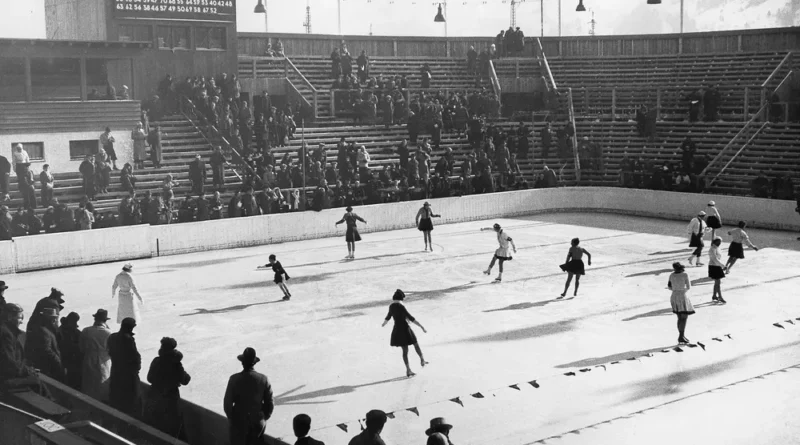The Evolution of Ice Skating: From Recreation to Competitive Sport
Introduction
Ice skating is a popular winter activity that has evolved over centuries, from a traditional form of winter fun to a highly competitive sport. The history of ice skating is fascinating, as it reflects the cultural and technological advancements of different eras. In this blog post, we will delve into the origins of ice skating, its transformation into a recreational pastime, and its development into a competitive sport.
The Origins of Ice Skating
The origins of ice skating can be traced back to ancient times. The earliest evidence of ice skating dates back over 4,000 years, with the discovery of primitive ice skates made from animal bones in Scandinavia. These early skates were used for practical purposes, such as transportation across frozen lakes and rivers.
Ice Skating as Recreation
Ice skating began to gain popularity as a recreational activity during the Middle Ages. In the 13th century, the Dutch were known for using wooden platforms with iron runners attached to their shoes, enabling them to glide over frozen canals and lakes. This innovation revolutionized ice skating and made it more accessible to a wider range of people.
During the 17th and 18th centuries, ice skating became a fashionable pastime among the European elite. Royal courts and aristocratic circles embraced ice skating, organizing elaborate ice skating parties and competitions. The sport spread across Europe, with the establishment of the first ice skating clubs in England and France.
The Birth of Competitive Ice Skating
The transition of ice skating from a recreational activity to a competitive sport can be attributed to the development of figure skating. In the mid-19th century, the first figure skating clubs were established in Edinburgh and London, leading to the formalization of the sport.
Figure skating combines elements of dance, gymnastics, and athletic prowess, requiring skaters to perform intricate jumps, spins, and choreographed routines on the ice. The International Skating Union (ISU) was founded in 1892, becoming the governing body for figure skating and organizing international competitions.
In the early 20th century, speed skating emerged as another popular form of competitive ice skating. Unlike figure skating, speed skating focuses on pure speed and endurance. The sport gained recognition with the establishment of the International Skating Union for Speed Skating (ISSU) in 1892.
Modern Ice Skating
Today, ice skating encompasses various disciplines, including figure skating, speed skating, ice hockey, and synchronized skating. Each discipline has its own rules, techniques, and competitions, attracting athletes from around the world.
Figure skating continues to captivate audiences with its grace, artistry, and technical prowess. The sport has evolved over the years, with skaters pushing the boundaries of what is physically possible on the ice. The Winter Olympics showcases the pinnacle of figure skating, where athletes compete for gold medals and international recognition.
Speed skating has also evolved into a highly competitive sport, with athletes reaching astonishing speeds on the ice. The sport has its own set of world records and championships, attracting dedicated athletes who train rigorously to achieve their best performances.
Ice hockey, on the other hand, is a team sport that combines skating, stick handling, and teamwork. It has gained immense popularity, especially in North America and Europe, with professional leagues and international tournaments drawing large audiences.
Synchronized skating is a relatively new discipline that involves a team of skaters performing choreographed routines in unison. This visually stunning form of ice skating requires precise timing, coordination, and teamwork.
Conclusion
The history of ice skating is a testament to human ingenuity and our desire for both leisure and competition. From its humble beginnings as a means of transportation to its current status as a highly skilled sport, ice skating has captivated people across generations. Whether you’re gliding across a frozen lake or watching Olympic figure skaters perform breathtaking routines, ice skating continues to be a cherished part of our winter traditions.

